Can you tell us about PixelSet - how it all started, what is your specialization, what is the current profile of the company?
Michal‚ Nerling: I had an idea for PixelSet in my head for several years. In fact, from the moment when I started working in this industry. But all the time something happened on the way to its execution. I realized that to build a company that will be able to compete on a rather tight market, you must first obtain the relevant experience. It is impossible to run such business part-time. To get customers, in addition to high-quality materials, it is also necessary to make corrections in projects immediately and in the last minute, undertake projects that no one wanted to take because of the short deadline. At present, our team counts 4 to 6 people (3 graphic designers, web designer, programmer, manager of production). All of them have great experience in the industry. We have a modern renderfarm built on Dell units and the Intel Core i7 processors. We work with major developers in Poland. We also expanded our offer of presentations and websites.

Interior vis of apartment at Wrzesinska st. , Warsaw, PL
Can you describe the process from order to delivery? What are the stages and how much time take each of them, how is the process of contacting the customer?
MN: The main thing that I was not aware starting the company was the time that customer service takes. In the early days of the company I tried to do it myself, combining it with the cg work. As a result, it came out that I spend most of my time replying to inquiries or interviewing the clients. In addition, the results were very different because of my lack of experience in the sales. Fortunately, by the way of cooperation with one of the companies engaged in post-production I met Sebastian. It quickly became clear that we have similar priorities so we began our collaboration.
Sebastian Baszczyj: Michał rightly pointed out, that the cg work can't be combined with production management for one simple reason. There are only 24 hours in a day, deadlines are short and you need to take care of the workflow - it is practically impossible to manage it all as a single person. As a production manager and account manager I am responsible of the entire sales process - from market research and needs of our potential customers, business meetings and preparation of offers, to collect all information about the project and acquiring the necessary materials. I am responsible for assigning people to specific tasks, time control of their work and meeting deadlines, as well as all communication between clients and our studio, implementing customer comments and suggestions to the appropriate production processes.
This is a full time job. We often work remotely, but we always aim to meet in person. Regardless of the distance we have to overcome, we know from experience that the meeting will pay off.
What are the most labor-intensive parts of the visualization process, which tend to be the most problematic, what needs special attention?
SB: One of the most labor-intensive elements of the visualization is the acquisition and negotiations. Before we contact our client, we get to know him, we make a review of his earlier projects, call him asking for clarification of questions and prepare an offer with the samples of similar realizations.
As a result, I spend a couple of hours to prepare an offer for one request, and often it requires one or more meetings. Clients need to know the status of the order at every stage, what we're currently working on, what are the next steps and how long they will take. And most of all, the customer at every stage of the project has to know what is he really buying.

This vis of INCIty was made during weekend (PixelSet had 3d model from developer).
MN: The most laborious part is modeling. Faithful representation of the project in three dimensions is not a very challenging task, but it is tedious and time-consuming. Therefore, where possible, we focus on specialization. It would make no sense if our best cg artist would model buildings for the few days. Our modeler can do that – he is a specialist only in this field. The "green", materials, lighting, rendering and post-production we leave for the best. It gives character for the project and has the greatest impact on the final result.
What tools do you use (software, libraries, renderings, plugins, scripts, equipment)?
MN: We use 3ds Max 2013 and V-Ray for visualizations and AutoCAD to view and edit projects. For post-production - Adobe Photoshop and After Effects in the case of animation. We work on Dell workstations with Intel i7 2600 processors and 16 GB RAM, and a small render farm with the same units, managed by the backburner. Plus a phone, coffee and a bag of creativity :)
What is current market for this type of offer: are more photorealistic visualizations or stylized ones more popular, are there any trends in visualizations?
MN: The market for our offer due to the decrease in the housing market is a lot smaller than during the boom. In theory, a decrease of interest in buying homes should force developers to invest more in advertising. However, it is quite the opposite. They try to save and look for cheaper alternatives. Often among the companies without facilities or experience. Many times we had the situation that customers came back to us after such unsuccessful experiments - because visuals that they got were not suitable to the nature of investment or their requirements. If you want to make visualizations of multi-family building to put them in a folder, these are most often idyllic lifestyle images of life on the estate. Architecture is only the background to this vision. On the other hand - if You work upon the concept of modern office building to be approved by the investor and the project is in the implementation stage, we create a visualization showing mostly the impression of the object.

Preparing interior visualisation takes a couple of days.
In addition to visualizations you offer also animations. Please tell us a few words about Your realizations, the challenges in connection with them and the clients' needs.
MN: Recently we have completed a promotional video animation of shopping center in Kutno (city in Poland – ed.). The project is the flagship property of the ElbFonds developer specializing in commercial real estate. The idea for the animation was born shortly before Shopping Center Forum & Trade Fair 2012. The challenge, therefore, was a very short deadline. It was necessary to close the entire project animation, voice-over recording , music composition, infographics animations, rendering and post-production in just two weeks. Several people were working on the production at the same time to speed up the realization time. It was very important that we had a very good relationship with the client and hardware equipment allowing for very fast rendering.
What is most important for the customers?
MN: Our experience in the industry is so large that more or less we are able to fit into the clients' expectations in the first installment of the visualization. Usually clients don't have a lot of remarks and mostly they involve simple details which can be improved in post-production. Typically it is adjustment / replacement of the specific people in the visualization, sometimes removing bush or a detail. A lot depends on the quality of the materials that we receive from the client. Sometimes there are remarks caused by the differences between the elevation drawings and planar views, or inaccurate details or colors.
Customer zone
Your special offers
Your orders
Edit account
Add project
Liked projects
View your artist profile






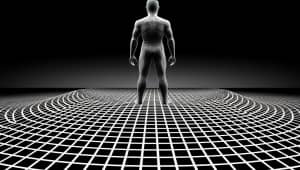
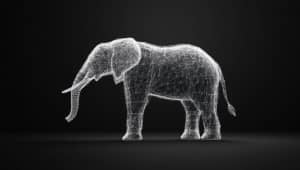
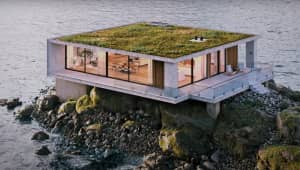
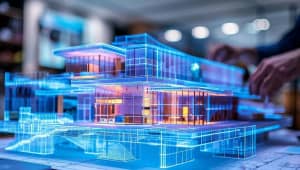
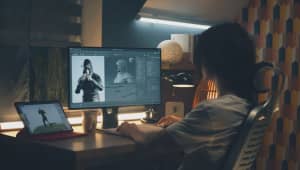
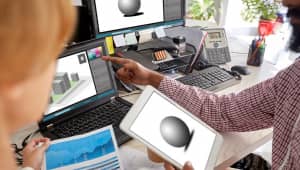












COMMENTS